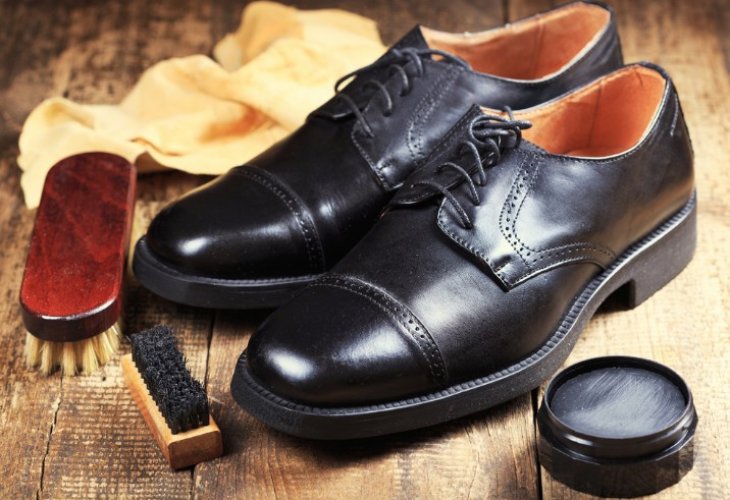Shabbat
Dressed for Holiness: The Role of Clothing in Honoring Shabbat
How clean clothing and thoughtful preparation transform Shabbat attire into a spiritual experience

The Biblical Roots of Honoring Shabbat
Shabbat is not only a day of rest and sanctity but also a time for kavod (honor) and oneg (delight). The Torah-level obligations of zachor (remembering) and shamor (guarding) are well known. However, honoring and delighting in Shabbat—kavod and oneg—are sourced from the words of the prophet Isaiah: “And you shall call the Shabbat a delight… and honor it by not going your own way” (Isaiah 58:13). According to early commentators, oneg involves physical pleasures such as eating and drinking, while kavod includes clean and respectable clothing, personal cleanliness, and preparing our homes for Shabbat.
The Shulchan Aruch rules that honoring Shabbat includes wearing special clothing, even if one is alone among non-Jews: “The garments are not for the sake of others, but for the honor of Shabbat itself.” To this end, Ezra the Scribe instituted that Jews should launder their garments on Thursdays to ensure they had clean clothing for Shabbat.
There is also a tradition, based on a Kabbalistic practice, to wear white on Shabbat. Regardless of color, a person should ensure that their Shabbat clothing is finer than their weekday attire. Centuries ago, the sages of Tiberias would perfume their garments before Shabbat using scented smoke to ensure their clothes smelled fragrant.
From Preparation to Spiritual Elevation
Shabbat clothing is not merely about appearance. The Talmud teaches: “Your Shabbat clothes should not be like your weekday clothes,” establishing a clear halachic (Jewish legal) distinction. This applies even in the case of mourning: one in shiva (the seven-day mourning period) must still change out of weekday outer garments for Shabbat, since public mourning is suspended during this sacred time.
Some are meticulous about wearing special shoes for Shabbat, though this is not an obligation. That said, it is appropriate to polish one’s shoes before Shabbat. As the Midrash Peleiah teaches: “The people of Israel do not realize the reward awaiting them in the World to Come for something as simple as polishing their shoes in honor of Shabbat.” This idea is echoed in Shir HaShirim: “How beautiful are your footsteps in shoes.”
Shabbat clothing should be donned before candle lighting and not removed until Shabbat ends. These practices help a person enter Shabbat in a focused and honorable way.
Clothing as a Vessel for the Soul
The Slonimer Rebbe writes in Netivot Shalom that Shabbat garments are garments of holiness: “They purify the limbs of the body, allowing a person to enter Shabbat and receive its light. Through these garments, sanctity enters the person.”
The author of Ktav V’hakabbalah teaches that wearing Shabbat clothing should be done with intention, kavanah. The physical act of dressing becomes spiritual when one sees it as a means of expanding the soul, preserving bodily health, and creating a vessel for intellectual and spiritual pursuit. He writes: “Fine clothing clears the mind and refines the soul, making it more receptive to the wisdom of Torah.”
In this way, wearing special Shabbat clothing is not only a way to prepare for the day of rest, it also sets the stage for Divine connection, spiritual refinement, and inner clarity.

